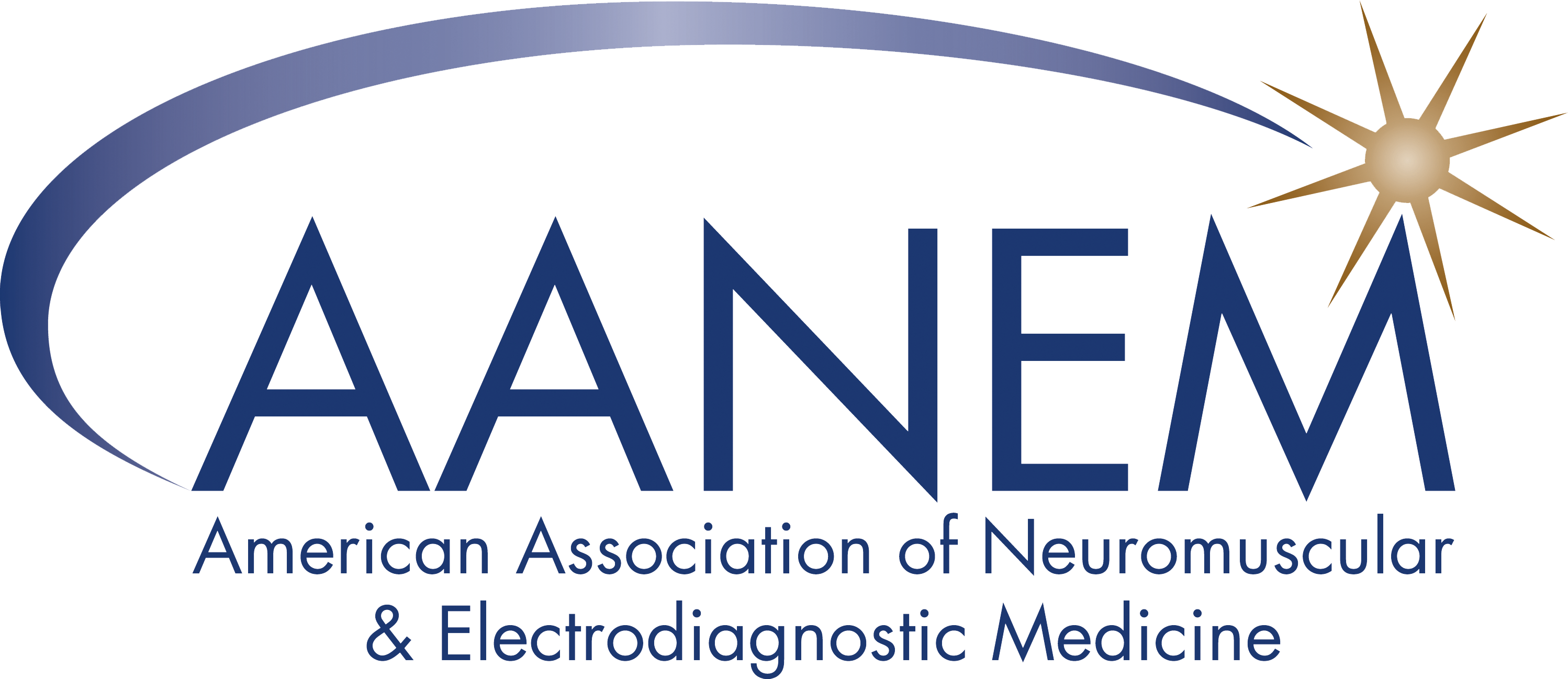Spasmodic Torticollis
What is Spasmodic Torticollis?
Spasmodic torticollis (cervical dystonia) is a disorder where the muscles of the neck contract uncontrollably, making the head turn into various postures. It can be caused by a neurologic disease or as the result of an accident. The spasms tend to worsen when a person stands or walks, making simple tasks difficult.Who gets Spasmodic Torticollis?
Anyone can get spasmodic torticollis, but it usually happens to people between the ages of 25 and 55 years. The exact cause is unknown, but there may be a genetic link.How is Spasmodic Torticollis diagnosed?
After taking the patient's history, a physician may perform a physical and neurological examination, including electrodiagnostic tests.How is Spasmodic Torticollis treated?
Sometimes spasmodic torticollis goes away for no particular reason without treatment. However, this is uncommon. Common treatments include medication or injections of botulinum toxin. Physical therapy can also be helpful for symptoms.
More Information
The Dystonia Foundation
National Spasmodic Torticollis Association
Centre for Cranial Nerve Disorders
Help Fund Research
The foundation funds important research and helps support education through awards and fellowship funding. Donate today and 100% of your donation will be used to support these initiatives.
Find Support
AANEM's membership and accredited laboratory directories can help patients find qualified professionals for diagnosis and treatment.
Find a Doctor Find an Accredited Lab